Denver’s "Harlem of the West"

The Five Points Jazz Festival is going virtual this year. Traditionally it has been an annual day-long event that celebrates the historic Five Points neighborhood through music, food, and festivities. At the root of this now city-wide event is the long history of a formidable and vibrant community that began right as Denver was taking shape.
In the mid-1800s, Colorado was still just a territory at the end of a map. However, people drawn by the promise of prosperity would cultivate communities before statehood.
Denver in the 1860s was a small town alongside the South Platte River, but it was quickly growing as a city, and Five Points would be one of the first neighborhoods to develop. The name refers to the neighborhood’s five-way junction that street cars would stop at. Too many streets to list, the junction’s stop was nicknamed “Five Points,” and the name stuck.
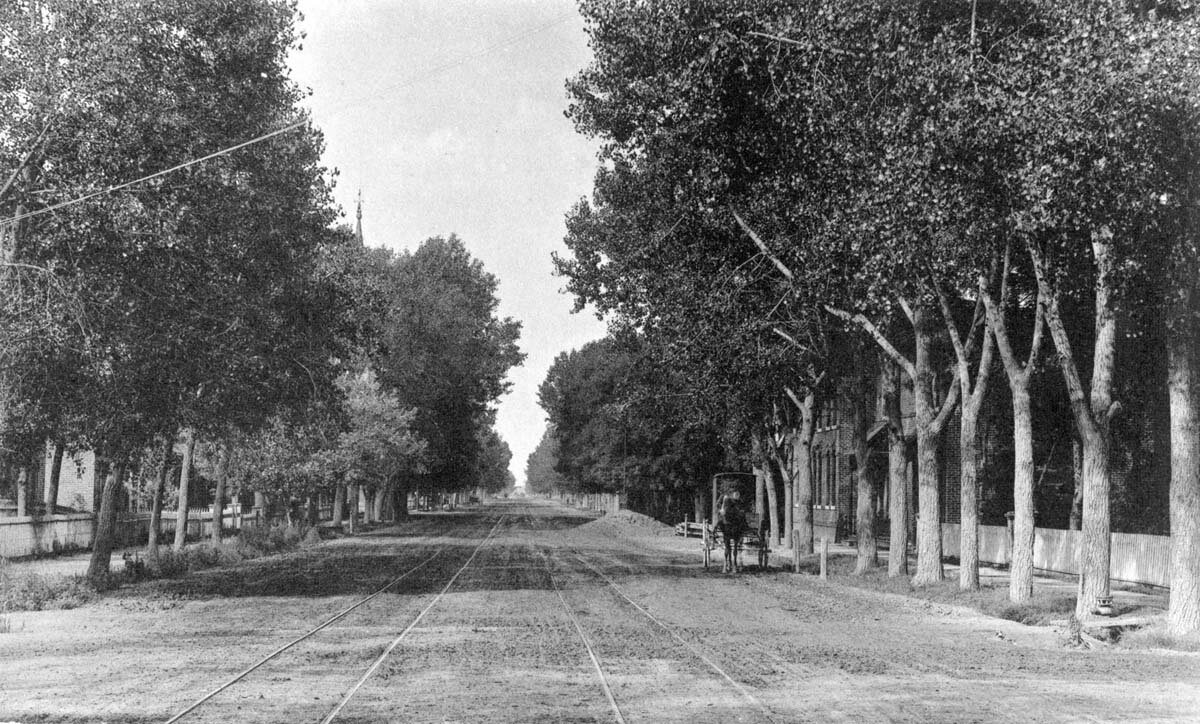
Image 1. Looking north on California from Twenty-First Street, 1889. Courtesy of the Denver Public Library (10018892).
African American residents eventually moved into the neighborhood to be closer to the nearby rail yards where many worked. Colorado’s oldest African American congregation, Zion Baptist Church, and the city’s first all-black fire station, Fire Station Number 3, were established in the neighborhood before the turn of the 20th century.
In the 1920s, a housing boom pulled many remaining white residents to other neighborhoods and subsequent discriminatory housing policies kept African Americans segregated in Five Points. Thus, by the 1930s, more than 75% of the city’s black residents lived in the neighborhood.
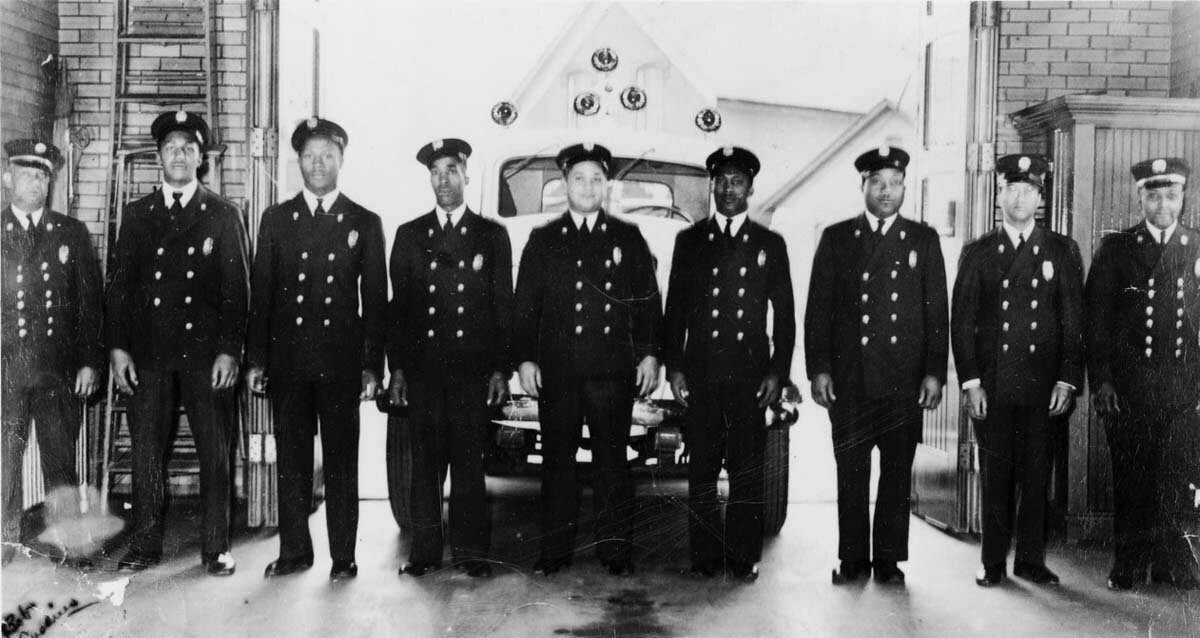
Image 2. Fire Station No. 3 and crew, 1947. Courtesy of History Colorado (10038917).
Despite hostilities from the Ku Klux Klan and crowded living conditions in an aging neighborhood, Five Points flourished as a vibrant black community.
Prominent black professionals, such as Dr. Clarence Holmes and Dr. Justina Ford, broke the occupational glass ceiling set by discrimination. Dr. Clarence Holmes practiced dentistry for 56 years and was the first African American member of the Denver Dental Society. Dr. Justina Ford was the first licensed African American female doctor in Denver and delivered over 7,000 babies during her career. You can visit her home in Five Points, which has been converted into the Black American West Museum and Heritage Center.
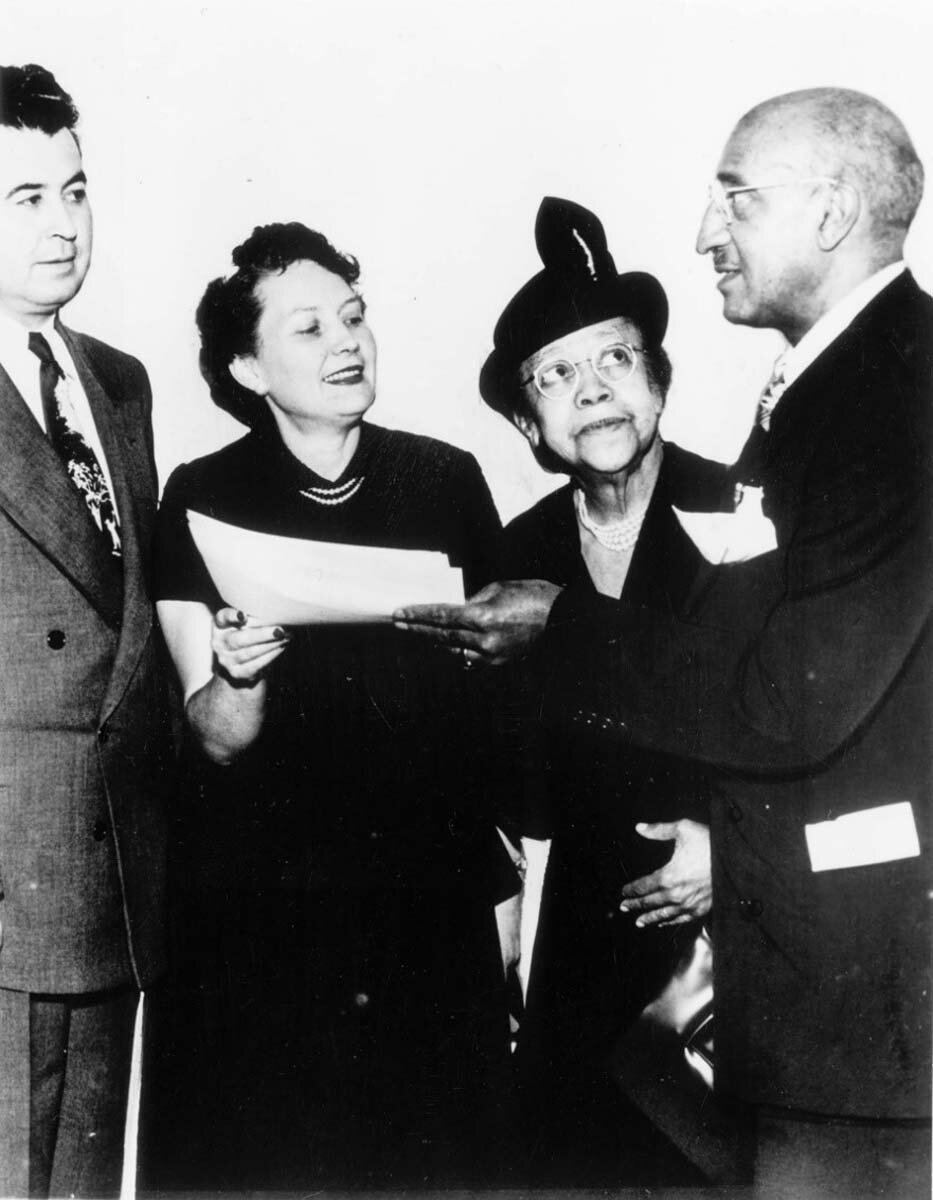
Image 3. Dr. Clarence Holmes (far right) and Dr. Justina Ford (second from right). Courtesy of the Denver Public Library (11008950).
From the 30s to the 60s, Five Points reached new heights as a cultural and entertainment mecca, especially for jazz. Its flagship venue, the Rossonian Hotel, hosted a number of famous acts, including Duke Ellington, Billie Holiday, Ella Fitzgerald, and Nat King Cole. The bubbling community would also nurture local legends, like Charles "Charlie" Burrell. As the only Jazz scene between St. Louis and the west coast, the neighborhood became known as the “Harlem of the West.”
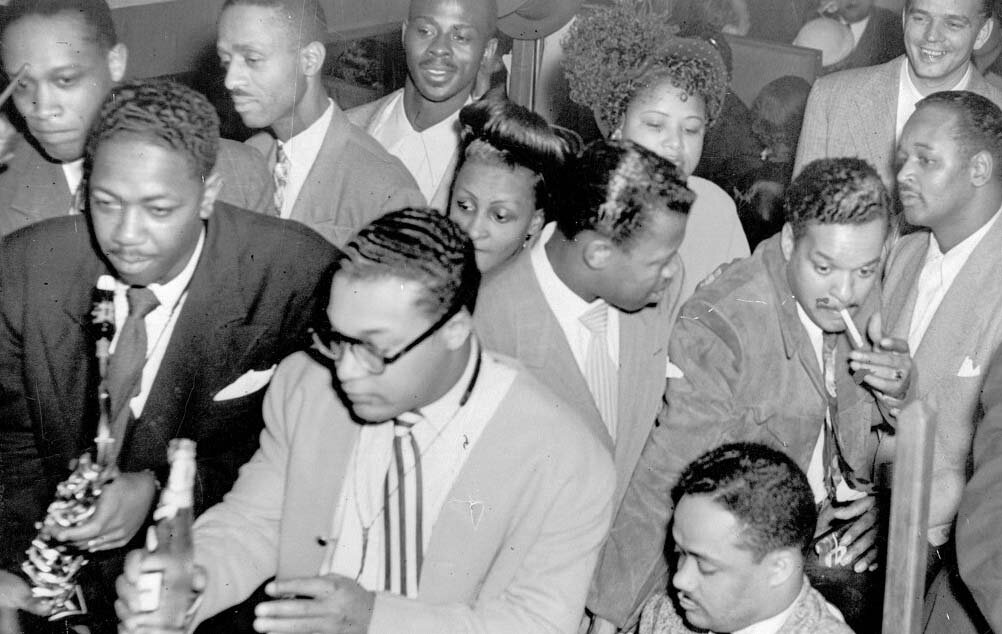
Image 4. Musicians at the Rossonian. Courtesy of the Black American West Museum.
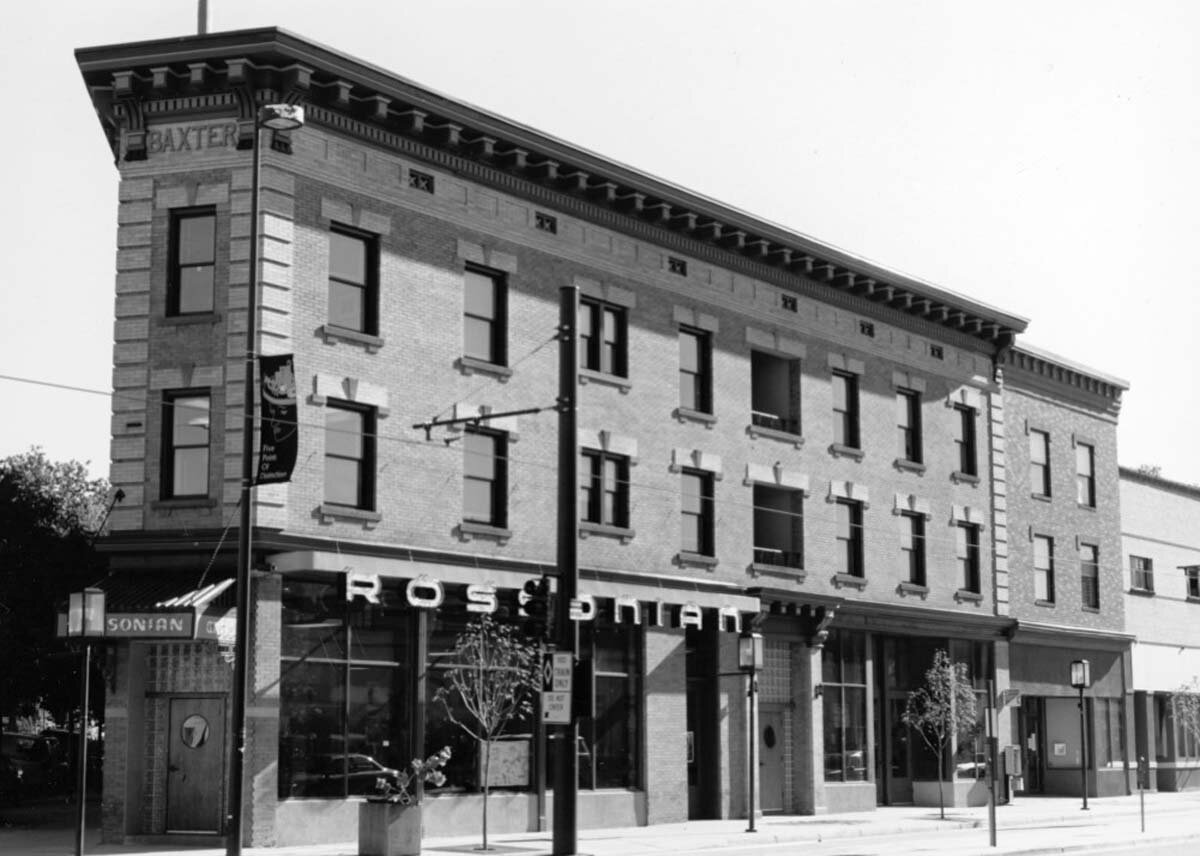
Image 5. The Rossonian. Courtesy of the Denver Public Library (AUR-681).
Today, Denver celebrates the history and music of the neighborhood through the Five Points Jazz Festival each year.
While Colorado practices Safer-at-Home guidelines for social distancing, Rocky Mountain Public Media and Denver Arts & Venues have collaborated to bring the community celebrations to Colorado through a two-hour virtual event that explores the past, present, and future of the neighborhood on broadcast, radio, and streaming online.
Tune in Saturday, May 16th, from 6pm to 8pm on Rocky Mountain PBS, online at rmpbs.org, or on the radio on KUVO Jazz 89.3 FM from 8pm to 10pm, to experience the virtual festival and celebrate Denver's "Harlem of the West."
For full details visit: rmpbs.org/fivepointsjazz.